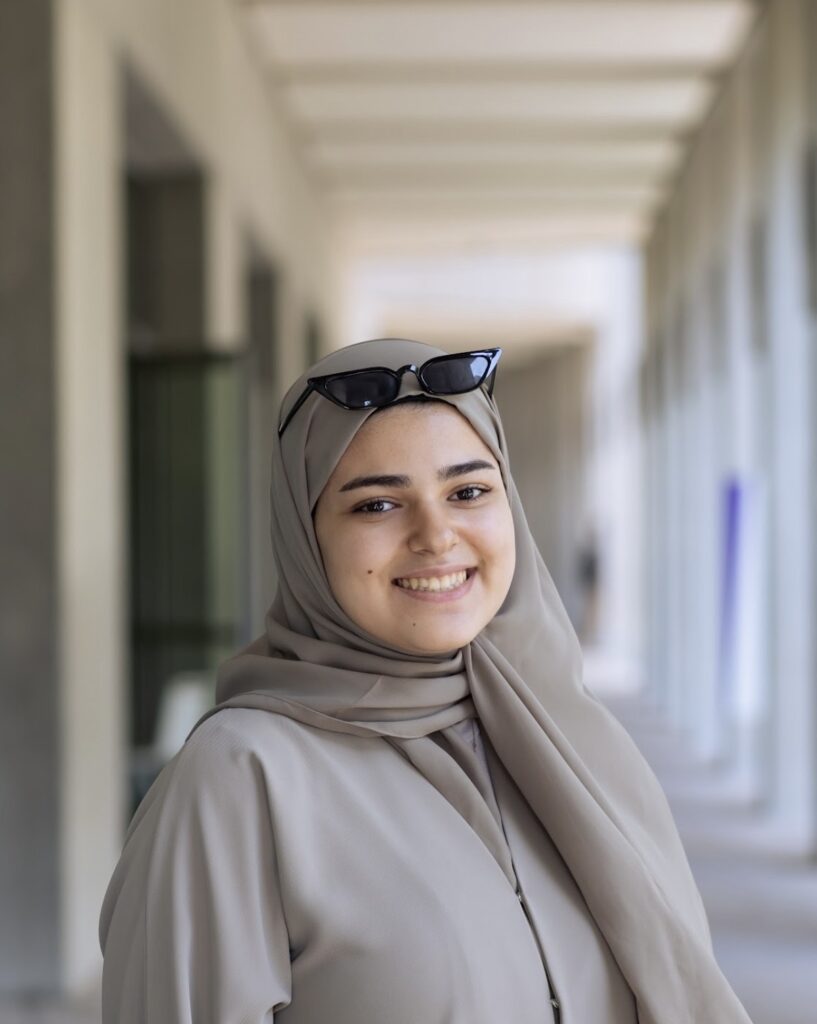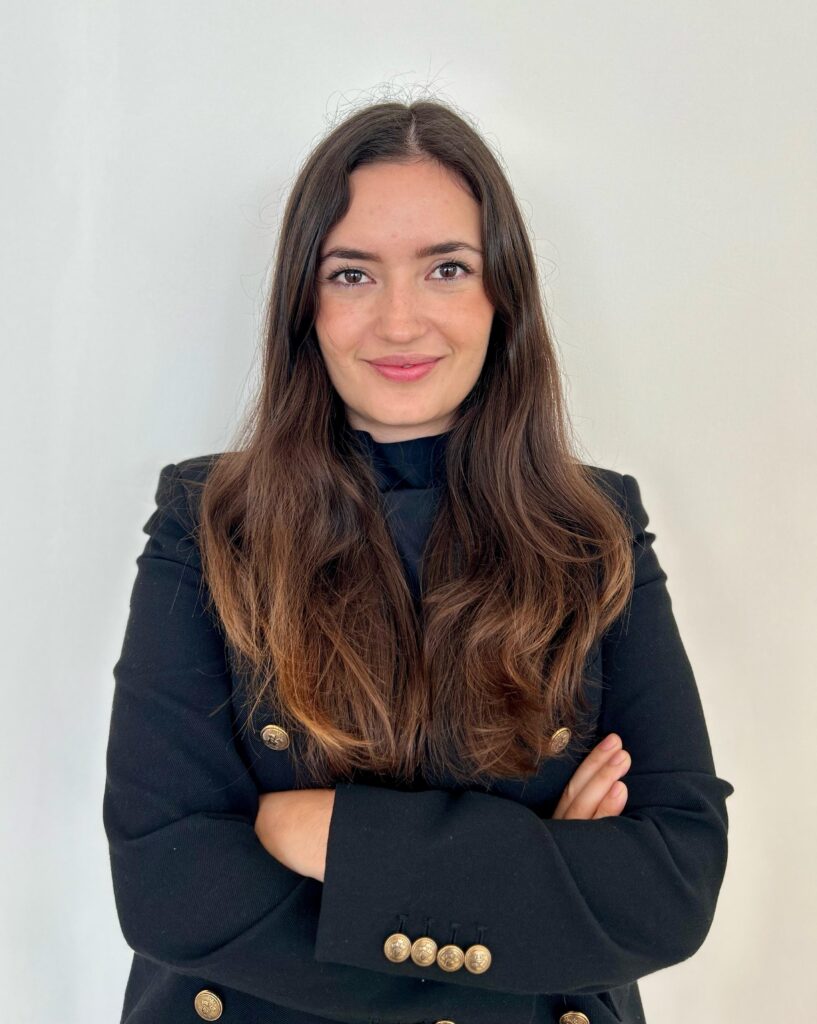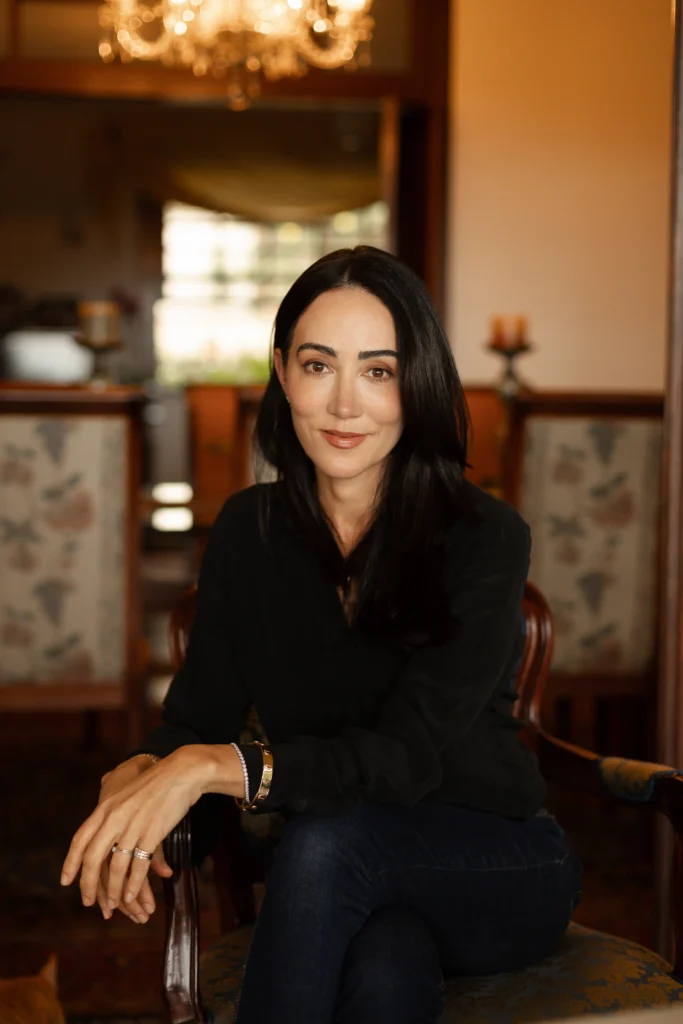
In celebration of the opening preview and the debut of Sotheby’s first masterpiece exhibition in Abu Dhabi, Bassam Freiha Art Foundation is honoured to host a special event in collaboration with Sotheby’s.
We warmly invite you to join us for a distinguished panel discussion: Making of a Masterpiece: How Artists Evolve from Obscurity to Icons
The conversation will feature:
The event will also be attended by Charles F. Stewart, CEO of Sotheby’s.
As seating is limited, attendance will be by RSVP only. To secure your place, kindly contact Bianca.Perondi@sothebys.com.
The public viewing of Sotheby’s Masterpieces exhibition will be open at Bassam Freiha Art Foundation on the following dates:

Batool Al Tameemi is a multidisciplinary artist and designer currently studying Art & Art History and Interactive Media at NYU Abu Dhabi. she brings together creative practice and community engagement.
Her work spans printmaking, illustration, and design, exploring themes of identity, belonging, and third culture experiences while have worked with institutions such as the ICA Shanghai, Sharjah Art Museum, and El Botik Studio.
Mohammed Kazem is particularly known for his conceptual and experimental approach to art. A member of the collective known as the ‘Five’, which also includes Hassan Sharif, Mohammed Ahmed Ibrahim, Abdullah Al Saadi and Hussein Sharif, Kazem has consistently pushed the boundaries of artistic expression. His works in the ‘Hour Eternal: Emirati Abstraction’ exhibition underscore his relentless pursuit of rendering the invisible into tangible visual forms.
Reflecting on his early influences, Kazem shared, “Hassan introduced us to conceptual art, minimal art, and the philosophy behind it. These teachings were crucial in shaping my approach to art.” Although initially trained as a painter, Kazem gradually moved away from traditional techniques, embracing performance, photography, video and installation as means to express his ideas.
There have been periods when his work has leaned more towards abstract art. Kazem observes how Soundless shares some visual qualities with colour field abstraction, pioneered in the art of Mark Rothko. However, while his work contains these abstract elements, Kazem emphasizes that his approach remains predominantly experimental.
“In my work,” Kazem explains, “I surpass abstraction to explore the interaction between sound and light.” This approach is evident in his Soundless (Blue no. 3, Green no. 3, Purple no. 1, Red no. 2), a set of four pieces from 2017, where he employs techniques like scratches and abrasions on paper to translate the concept of sound into a visual form. Each piece in the set features a gradient of colour that appears to emerge from a deep black void, fading gradually into a softer shade. “I aim to create harmony that is neither heard nor seen directly,” Kazem explains, highlighting the subtle interaction between sound and silence. The transitions from dark to light not only create a sense of depth but also evoke the idea of sound waves dissipating into silence. The artist notes, “These works involve a minimum degree of sound. The pastel fades into silence, which is why it’s referred to as ‘Soundless’.”
Experiment (2016) exemplifies his intricate and methodical approach to capturing the intangible. This ink-on-paper piece reflects Kazem’s meticulous process of manipulating the material through various techniques – dunking, rolling, creasing, layering and dripping. The result is a surface that embodies a complex interplay of elements such as movement, light and sound. Kazem’s focus in this work, as in much of his practice, lies in the challenge of making the imperceptible perceptible. Rather than attempting to depict nature directly, he seeks to express its elusive, intangible qualities.
Beyond his individual practice, Kazem has played a pivotal role in the development of contemporary art in the UAE. His works have been exhibited internationally, including at the Guggenheim in New York and Abu Dhabi, the Sharjah Art Foundation and the British Museum in London, among others. In 2013, he represented the UAE at the Venice Biennale, further solidifying his position as a leading figure in the global art world.
Najat Makki’s art is deeply intertwined with the rhythms of colour and the narratives embedded within them. As the first Emirati woman to earn a PhD in art, she has been at the forefront of abstract expressionism, inspiring subsequent generations of artists.
In her ” Composition ” series from 2012, Makki is exploring the complex interplay between colour, form and memory, explaining that her process involves carefully selecting and balancing colours to create a harmonious sequence that resonates with the viewer. She emphasizes that her creative process allows her to deviate from naturalistic depictions, giving her the freedom to craft a unique visual language that reflects her personal vision.
Makki’s work often blends abstraction with an intense emotional engagement with her surroundings. In Resonance#4, she explores how every element of nature, from the smallest creatures to vast landscapes, has its own distinct rhythm and resonance. This concept is central to her artistic philosophy, where rhythm is not just a visual pattern but a reflection of the interconnectedness of all things.
The artist prefers not to assign distinct titles to her works, instead focusing on the overarching concept of rhythm in her art, as explored in her earlier works from 2004. Whether it is the rhythm of human life, the rhythm of colours, or the rhythm of shapes, Makki’s work captures the fluidity and dynamism of existence. Her paintings often feature layers of colour and texture that interact with each other, creating a sense of movement and depth that draws the viewer into the work.
Makki’s journey as an abstract artist has been marked by continual evolution and her influence extends beyond her individual practice to the broader Emirati art scene. Her works have been exhibited extensively both in the UAE and internationally, and they are part of prestigious collections, including those of the Guggenheim Abu Dhabi, Sharjah Art Museum, the Cultural Foundation in Abu Dhabi, Sultan Bin Ali Al Owais Cultural Foundation in Dubai, Women’s Museum in Dubai and the Ministry of Culture and Youth in Abu Dhabi, among many others.

A Guatemalan artist based in the UAE, is the Art Educator and Curatorial Liaison at the Bassam Freiha Art Foundation in Abu Dhabi. Specializing in mixed media, she explores identity and cultural heritage while mentoring young talent. Through her role, Emilie inspires students to engage with art and fosters a creative, inclusive community at the foundation.

In 2017, after becoming a mother and relocating, Ana Elisa Murta fully embraced her career as a visual artist, focusing on abstract expressionism through layered textures and vibrant compositions. Her experimental process, guided by intuition and tools like palette knives, seeks authenticity and emotional depth.
A turning point came in 2022 when an allergy to conventional paints led her to create non-toxic pigments from minerals discarded by mining companies in her native Minas Gerais. This sustainable, alchemic practice combines innovation, environmental awareness, and ancestral connection.
9:30–6:00, Monday Until 8:00
2270 S Real Camino Lake California
The Loquet Museum fuels a journey of discovery across time to enable
solutions for a brighter future rich in nature and culture.